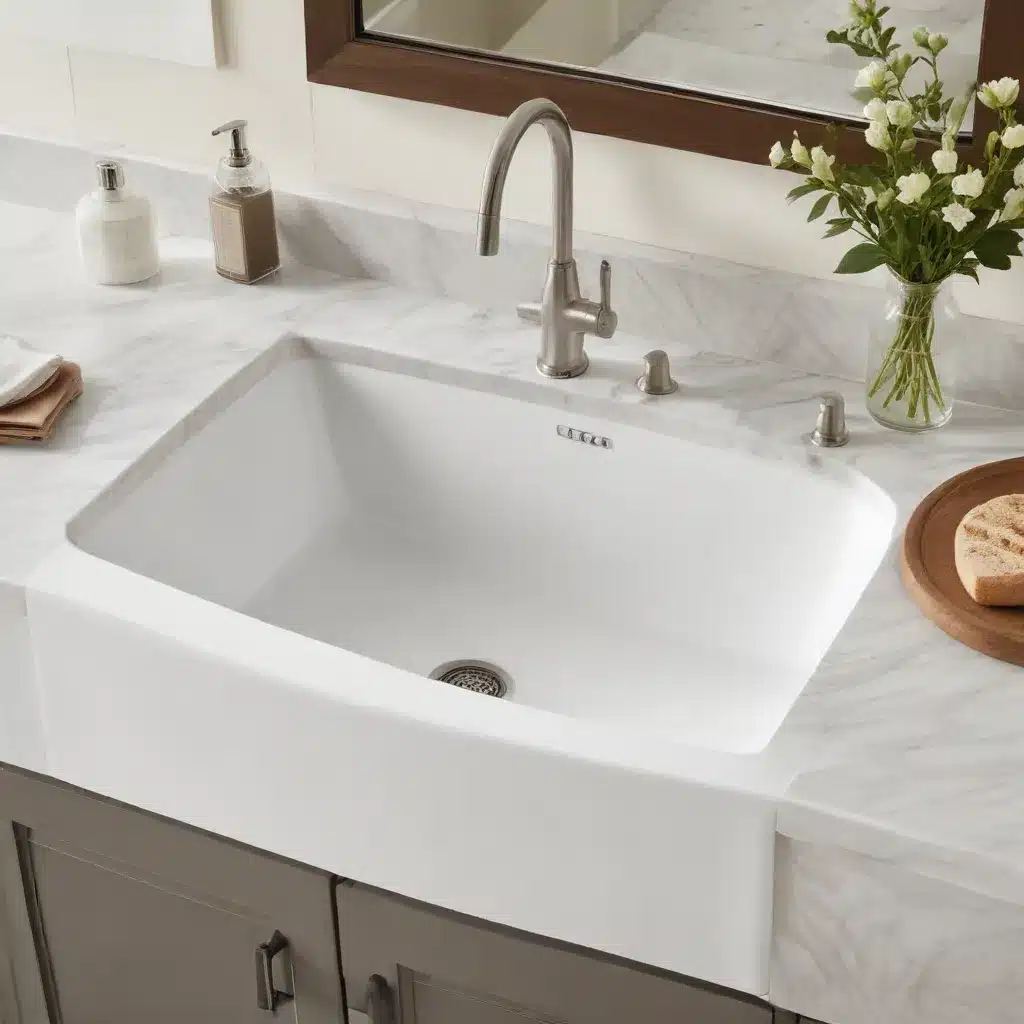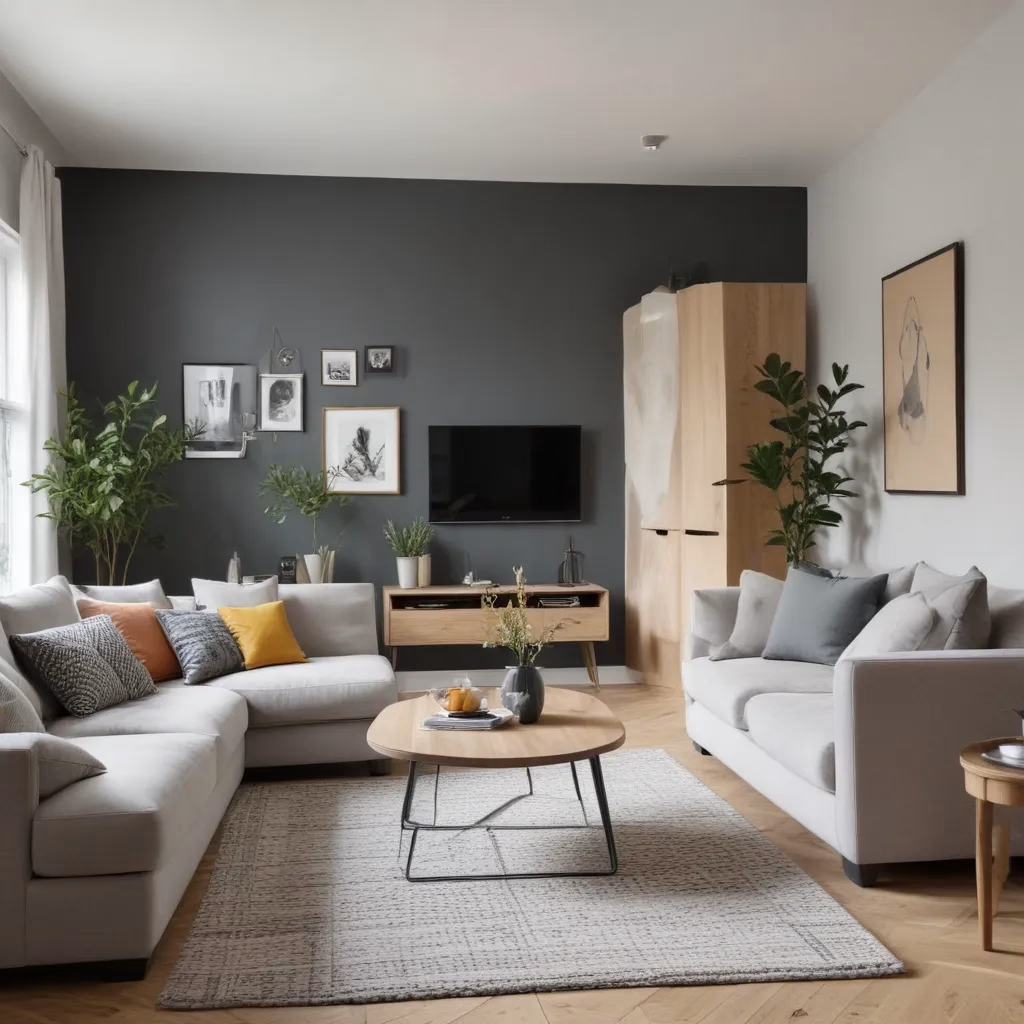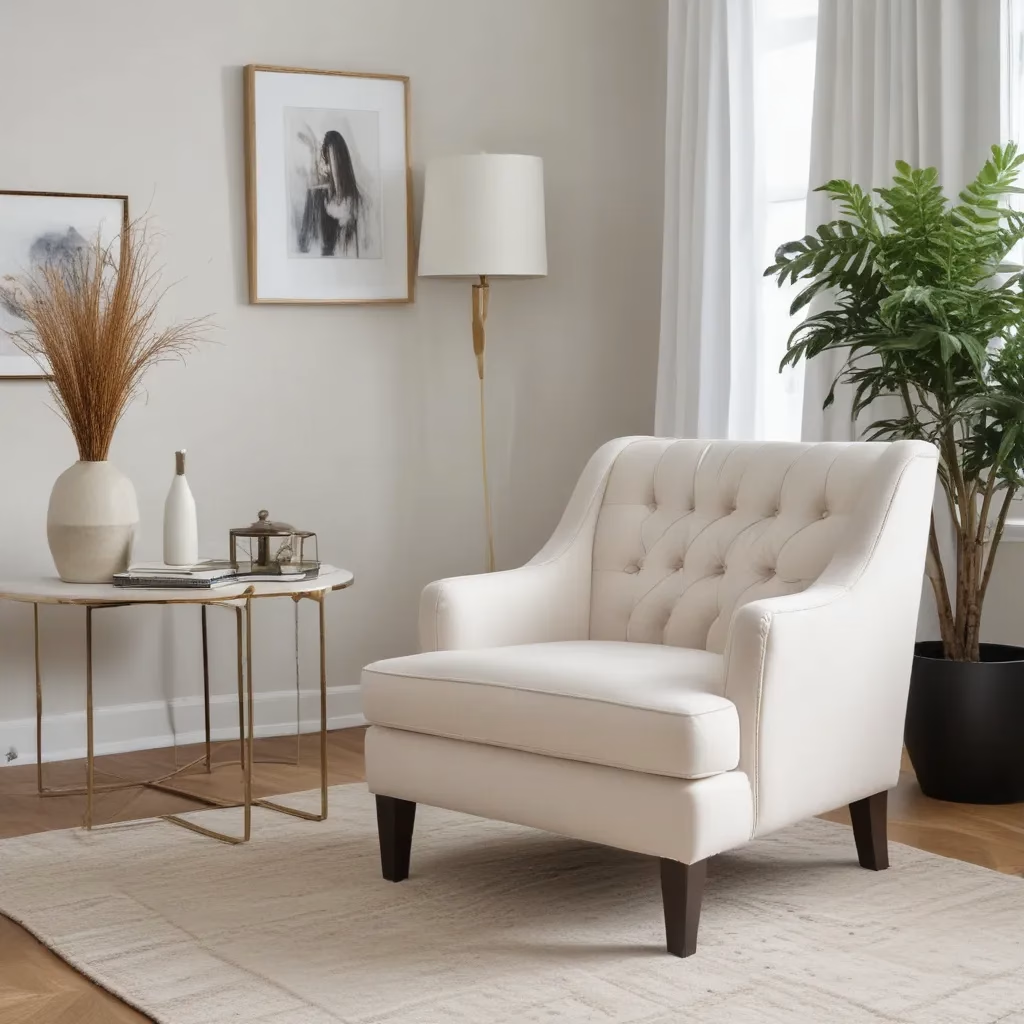
The Evolution of Sofa Design in the UK
The British living room has undergone a remarkable transformation in recent years, with sofas taking centre stage as both functional and aesthetic focal points. As we approach September 2024, the UK furniture market continues to reflect a blend of traditional comfort and contemporary flair, catering to the diverse tastes of homeowners across the nation.
Sofa designs have shifted towards a more personalised approach, allowing individuals to express their unique style while maintaining the cosy atmosphere that British homes are known for. This trend has led to a rise in modular and customisable options, giving consumers the flexibility to adapt their seating arrangements to suit their living spaces and lifestyle needs.
The emphasis on sustainability has also played a significant role in shaping current sofa trends. UK consumers are increasingly conscious of their environmental impact, leading to a growing demand for eco-friendly materials and production methods. This shift has encouraged furniture manufacturers to innovate, resulting in sofas that are not only stylish and comfortable but also kinder to the planet.
Choosing the Right Sofa Material: A Guide for UK Consumers
When it comes to selecting the perfect sofa, the choice of material is paramount. UK consumers are faced with a wide array of options, each with its own set of advantages and considerations. To help navigate this decision, let’s examine some of the most popular sofa materials available in the British market:
| Material | Durability | Maintenance | Comfort | Cost |
|---|---|---|---|---|
| Leather | High | Low | High | High |
| Wool | High | Medium | High | High |
| Cotton | Medium | High | Medium | Low |
| Linen | Medium | High | High | Medium |
| Velvet | Medium | High | High | Medium |
| Microfibre | High | Low | High | Medium |
Leather remains a timeless choice for many UK households. Its durability and ease of maintenance make it an excellent option for families with children or pets. While the initial cost may be higher, leather sofas often prove to be a wise long-term investment due to their longevity.
Wool is gaining popularity among environmentally conscious consumers. It offers natural resilience and comfort, making it ideal for those who prioritise both sustainability and luxury. Wool sofas tend to regulate temperature well, which is particularly appealing in the variable British climate.
Cotton and linen are favoured for their breathability and natural feel. These materials are well-suited to casual living spaces and are often chosen for their ability to create a relaxed, laid-back atmosphere. However, they may require more frequent cleaning and are less resistant to stains compared to synthetic alternatives.
Velvet has seen a resurgence in popularity, adding a touch of opulence to UK living rooms. Its soft texture and rich appearance make it a favourite for those looking to create a statement piece. Modern velvet sofas often come with stain-resistant treatments, addressing previous concerns about practicality.
Microfibre offers a practical solution for busy households. Its resistance to stains and ease of cleaning make it a popular choice for families. Advances in manufacturing have resulted in microfibre sofas that closely mimic the look and feel of natural fabrics, providing a balance between aesthetics and functionality.
When selecting a sofa material, UK consumers should consider their lifestyle, the room’s usage, and their personal style preferences. It’s also worth noting that many retailers now offer fabric samples, allowing customers to test materials in their home environment before making a final decision.
Comfort Meets Style: Current Sofa Trends in the UK
As we look towards September 2024, several key trends are shaping the UK sofa market:
1. Curved and Organic Forms
Moving away from rigid, boxy shapes, sofas with curved lines and organic forms are becoming increasingly popular. These softer silhouettes create a more welcoming and relaxed atmosphere in living spaces. Rounded armrests and gently curved backs not only provide visual interest but also offer ergonomic benefits, supporting the body’s natural contours.
2. Modular and Sectional Designs
Flexibility is a key consideration for UK homeowners, leading to a rise in modular and sectional sofas. These versatile pieces allow for easy reconfiguration, adapting to different room layouts and social situations. Many designs now include features such as removable ottomans or adjustable backrests, further enhancing their adaptability.
3. Bold Colours and Textures
While neutral tones remain popular, there’s a growing trend towards bolder colour choices in UK living rooms. Deep jewel tones such as emerald green, sapphire blue, and rich burgundy are making a statement. Texture also plays a crucial role, with bouclé fabrics and tactile weaves adding depth and interest to sofa designs.
4. Sustainability and Natural Materials
Eco-conscious consumers are driving demand for sofas made from sustainable materials. This includes not only the visible upholstery but also the internal components. Look for sofas with frames made from responsibly sourced wood, cushion fillings derived from recycled materials, and fabrics produced using environmentally friendly processes.
5. Smart Integration
As technology continues to play a larger role in our daily lives, sofas are adapting to incorporate smart features. USB charging ports, built-in speakers, and even temperature-controlled seating are becoming more common in high-end models. These additions cater to the UK’s tech-savvy consumers who value both comfort and connectivity.
Maximising Comfort: Tips for Sofa Selection and Placement
Selecting the right sofa goes beyond aesthetics; comfort is paramount for creating a truly inviting living space. Here are some tips to help UK consumers maximise comfort when choosing and placing their sofas:
-
Consider seat depth: A deeper seat is ideal for taller individuals or those who enjoy lounging, while a shallower seat may be more comfortable for shorter people or those who prefer a more upright sitting position.
-
Test the cushions: Firm cushions provide more support but may feel less cosy, while softer cushions offer a sink-in feeling but might require more frequent plumping. Many UK retailers now offer cushions with varying densities to cater to different preferences.
-
Pay attention to arm height: The height of the sofa arms can significantly impact comfort, especially when reading or using devices. Arms that are too high or low can lead to discomfort over extended periods.
-
Consider the room’s layout: Ensure there’s enough space to walk around the sofa comfortably. In smaller UK homes, corner sofas or love seats might be more appropriate than larger three-seater options.
-
Think about lighting: Position sofas to take advantage of natural light during the day, but also consider how artificial lighting will affect comfort during evening use.
-
Accessorise for added comfort: Incorporate throw pillows and blankets to enhance comfort and allow for easy customisation based on individual needs and preferences.
By carefully considering these factors, UK consumers can create a comfortable and inviting seating area that serves as the heart of their living space.
Interior Decor Tips: Complementing Your Sofa Choice
Once you’ve selected the perfect sofa, it’s essential to consider how it will fit into your overall interior design scheme. Here are some tips to help UK homeowners create a cohesive and stylish living space:
1. Balance Scale and Proportion
Ensure your sofa size is appropriate for the room. In smaller UK flats, oversized sofas can make spaces feel cramped, while in larger rooms, a small sofa might look out of place. Consider the height of your ceilings and the dimensions of other furniture pieces to create a balanced look.
2. Create a Focal Point
Use your sofa as a starting point to create a focal area in the room. This can be achieved by positioning the sofa to face a fireplace, a large window with a view, or a statement piece of art. In open-plan living areas, common in many modern UK homes, the sofa can help define separate zones within the space.
3. Coordinate Colours and Textures
While your sofa doesn’t need to match everything in the room perfectly, it should complement the overall colour scheme. If you’ve chosen a bold-coloured sofa, consider using neutral tones for walls and other furniture to create balance. Alternatively, if your sofa is in a neutral shade, you can add pops of colour through accessories and artwork.
4. Layer Textures
Introduce a variety of textures to add depth and interest to your living space. Combine smooth leather with rough-textured throws, or pair a sleek velvet sofa with a chunky knit blanket. This layering of textures creates a rich, inviting atmosphere that is particularly appealing in the UK’s often grey climate.
5. Incorporate Versatile Lighting
Lighting plays a crucial role in setting the mood of a room. Consider a mix of lighting options, including floor lamps, table lamps, and ceiling fixtures. Dimmable lights are particularly useful for creating a cosy atmosphere during the UK’s long winter evenings.
6. Add Personal Touches
Personalise your space with meaningful accessories and decor items. Family photos, travel souvenirs, or cherished books can all contribute to making your living area feel uniquely yours. These personal touches can be easily updated or rotated to refresh the look of your room without major changes.
By following these tips, you can create a living space that not only showcases your new sofa but also reflects your personal style and meets the practical needs of your household.
The Future of Sofa Design: What’s Next for UK Consumers?
As we look beyond September 2024, several emerging trends are set to shape the future of sofa design in the UK:
1. Advanced Customisation
The demand for personalisation is likely to increase, with more manufacturers offering bespoke options. This may include the ability to mix and match different fabrics within the same sofa or to customise the shape and size of individual components.
2. Integration of Health-Focused Features
With a growing emphasis on wellness, we may see sofas incorporating features designed to promote better posture or even monitor health metrics. This could include built-in sensors that provide feedback on sitting habits or materials that adapt to body temperature.
3. Enhanced Sustainability
The push towards more sustainable furniture is expected to continue. This may lead to innovations in recycled and biodegradable materials, as well as designs that facilitate easy repair and component replacement, extending the lifespan of sofas.
4. Multi-Functional Designs
As UK homes continue to adapt to flexible living and working arrangements, sofas that serve multiple purposes are likely to gain popularity. This could include integrated storage solutions, convertible designs that transform into beds or workstations, or modular systems that can be easily reconfigured.
5. Augmented Reality Shopping Experiences
The furniture buying process is set to become more immersive, with augmented reality technologies allowing consumers to visualise sofas in their homes before purchase. This technology will enable UK shoppers to make more confident decisions about style, size, and colour.
As these trends evolve, UK consumers can look forward to sofas that not only provide comfort and style but also align more closely with their individual needs and values.
In conclusion, the world of sofas and interior design in the UK is dynamic and ever-changing. By staying informed about current trends, materials, and design principles, homeowners can make choices that create truly personalised and comfortable living spaces. Whether you prefer classic elegance or contemporary flair, there’s a sofa out there that’s perfect for your home. For more inspiration and a wide selection of sofa options, visit Sofa Spectacular to explore the latest in UK sofa design and find your ideal seating solution.



